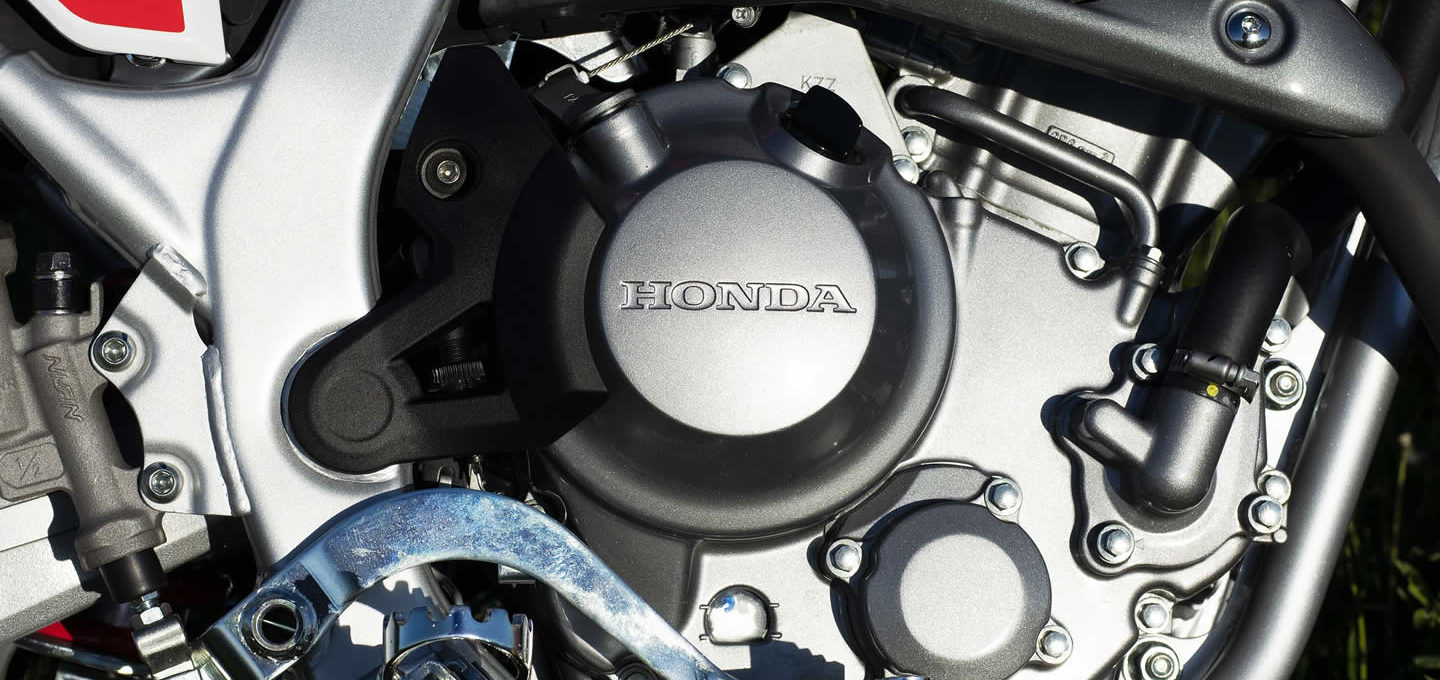Honda has been developing a vehicle to everything (V2X) system to help prevent road collisions called Safe Swarm since 2017, and after four years in the lab the automaker is finally ready to start testing the platform on the road with the help of Verizon and Michigan’s MCity autonomous and connected vehicle facility.
Vehicle to everything (V2X) technology is related to the Internet of Things (IoT), where devices are programmed to talk to each other directly without the need for human input. Many people already have IoT devices around their home, with heat sensors that tell the connected thermostat to turn the temperature up or down, or proximity sensors that will tell the thermostat to switch off the heating once you have left the house. These IoT platforms are still in their infancy, but development continues at a rapid pace.
Honda’s Safe Swarm system takes this idea of interconnected devices and puts it into practice on the road and 70mph. The system uses a variety of vehicle sensors, such as those tracking position, speed, and direction and combines this data with other sources, such as smart cameras and safety alerts and the data from other road users and ties it all together over a 5G connection in an effort to save lives.
One of the trickiest parts of the V2X problem to solve was how to put a very powerful computer into every car that was capable on crunching all this data and keeping it up-to-date, all without sapping the battery. But now 5G is being rolled out around the world, Honda has turned to edge computing to do the data crunching in the cloud, meaning the system the on-board computer can be significantly lower powered and System updates become less of an issue. They no longer need to find a way to fit a computer capable of serious AI computations into every car, but instead just link al the car sensors and warnings system up to a 5G connection and rely on cloud supercomputing to make the split-second decisions.
To highlight the progress Honda and Verizon have made on the project, the companies recently released a video showing three posible real-world scenarios, where the Safe Swarm system could save lives.
Unseen pedestrians crossing a road
If a pedestrian starts to cross the road at an intersection, but out-of-sight of a driver, it could be a recipe for disaster. However, with Safe Swarm the car could be in direct communication with a camera at the intersection that can “see” the pedestrian, and the data can be sent to the car highlighting the risk to the driver before they hit the accelerator pedal.
Emergency vehicles
It can be difficult for a driver to always hear the siren or emergency vehicle light flashing behind you. In this scenario, the emergency vehicle can issue a warning to the network, sharing their location, movement, and route, giving car drivers much more advanced notice to get out of the way.
Red light speeding
A large number of crashes each year because one driver failed to stop at a red light. In the last scenario from Honda, using a variety of data sources from sensors to smart cameras, the Safe Swarm system can detect whether a car is likely to speed through a red light and warn the other cars at the intersection, giving them a chance to avoid a collision.
Following the tests, Sanyogita Shamsunder, VP of technology development and 5G Labs at Verizon commented:
“he ability to move computing power to the edge of our 5G network is an essential building block for autonomous and connected vehicles, helping cars to communicate with each other in near real-time and with sensors and cameras installed in streets and traffic lights.”
He continued:
“When you consider that roughly 42,000 people were killed in car accidents last year and 94 per cent of accidents are caused by human error, our new technologies including 5G and MEC can help drivers ‘see’ things before the human eye can register and react helping to prevent collisions and save lives.”
Honda’s Safe Swarm system is currently designed to warn human drivers about potential dangers ahead, but the real promise of such a technology is for when autonomous cars hit the roads around the world in the coming decades. Each autonomous car will be equipped with its own system to stay in the right lane, interpret signs, and other functions, but it is always the unexpected issues that cause problems for such automated systems. A V2X system like Safe Swarm, if made to work across all car manufacturers, could mean that the chance of a truly unexpected event happening is significantly further reduced as each connected car and piece of infrastructure can warn of obstacles and dangers ahead. This is another part of the puzzle.

